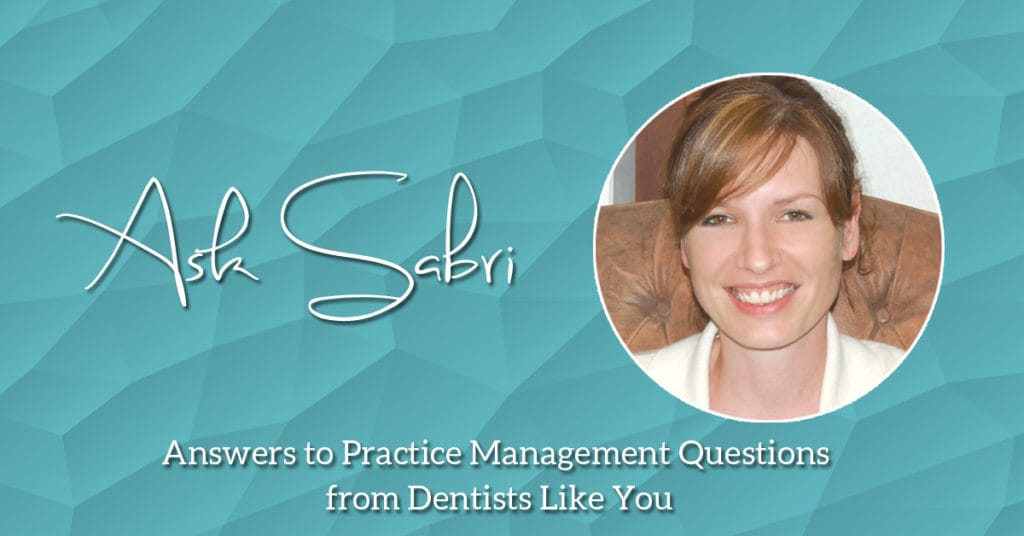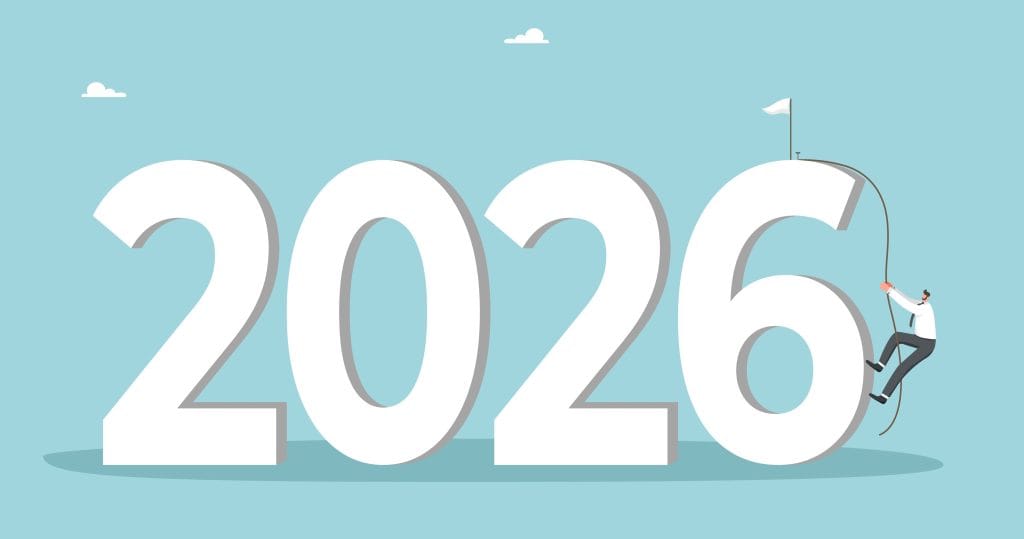Last updated on November 28th, 2025 at 07:07 pm
Last updated on November 14th, 2025 at 04:54 pm
Q: How should I determine what to pay a new staff member?
 Good question! Obviously, the first step in determining this would be: what position are you hiring for? Obviously, you’re not going to (ever really) pay a receptionist what you’re going to pay an EFDA or what you’d pay a hygienist.
Good question! Obviously, the first step in determining this would be: what position are you hiring for? Obviously, you’re not going to (ever really) pay a receptionist what you’re going to pay an EFDA or what you’d pay a hygienist.
That aside, pay for certain positions (especially licensed positions like hygiene) is going to vary on the basis of supply and demand. I’ve seen areas where hygienists, for example, are in heavy demand and extremely hard to come by and others where they are easy to find with a large pool of applicants. You’ll see in situations like this that pay requirements/requests from applicants can change range pretty fast—i.e. where applicants are scarce, the price goes up.
That said, I’d offer a few pieces of advice when you’re putting together your proposed compensation packages:
- Determine what you should be paying for a specific position in your area. And stick to it. Websites like Salary.com can greatly help with this. It gives you a low, median and high salary range for a specific position based on your location. Not knowing this can work against you in a number of ways. For example, my husband Jeff, our COO, can tell you about the first time he used this site. We were looking for a receptionist back in 2002 when our office was in Virginia and were having a hard time finding applicants. Well, we were offering too low a pay range (by at least $2-3 an hour.) The market passed us by without us ever knowing!
 So, this is useful when you’re working out what you should pay. It’s also useful to compare what you are already paying (where your office’s compensation ranks in the marketplace—i.e. too high or low). You can also use it to compare against what applicants are asking for—to see if people are completely out of a reasonable range for example.That said, work out what you’re paying and then hire. Stick to your guns. And while I’m not completely against offering a little more to an applicant that has a ton of experience and proven production, don’t price yourself too far outside your range. In the end, there’s only so much a receptionist is worth to a practice—even if they’re the best receptionist in the world. If they want to make more, that’s where promotions to more senior positions (such as treatment coordinator, office manager, etc.) and any type of production-based incentive plan would come into play.
So, this is useful when you’re working out what you should pay. It’s also useful to compare what you are already paying (where your office’s compensation ranks in the marketplace—i.e. too high or low). You can also use it to compare against what applicants are asking for—to see if people are completely out of a reasonable range for example.That said, work out what you’re paying and then hire. Stick to your guns. And while I’m not completely against offering a little more to an applicant that has a ton of experience and proven production, don’t price yourself too far outside your range. In the end, there’s only so much a receptionist is worth to a practice—even if they’re the best receptionist in the world. If they want to make more, that’s where promotions to more senior positions (such as treatment coordinator, office manager, etc.) and any type of production-based incentive plan would come into play. - In that same vein, don’t compromise to make your office “fit” an applicant. The applicant has to fit your office. By this I mean very simply, the job has specific requirements: i.e. certain hours, duties, etc.I’ve seen people get so desperate to fill a position that they compromise with one or more of these points only to regret it later—i.e. applicant can’t work Mondays—you hire them anyway, etc. There’s no shortage of good people to fill that job or other jobs you’re looking to fill. As long as you respond quickly to applicants, you’ll find the right person.
So, that about sums it up. As far as what I would pay? Personally, I’d probably start in the median range and maybe pay more for applicants with experience. I’d try not to hit the top of the high range to start though; this gives some room for raises for both a less and more experienced applicant. And keep in mind with an experienced applicant—YOU have NO experience working with them! Until you do, you really don’t know 100% what you have. From there, I’d give raises over time based on performance and have some type of incentive plan in place to reward stellar production.
Q: I’m looking at purchasing a retiring doctor’s charts. How do I know if this is a good idea or not?
I’m seeing this now more than ever. Ultimately, we’ve got a “buyer’s” market for dental practices right now with a high level of inventory. So, you see this a lot now, doctor selling—but charts only.
So back to your question: is this a good idea?
I actually did a two-hour live stream session on the topic of The Ins & Outs of Adding Another Location and we covered the topic of buying charts extensively. It’s available for rewatch on DDS Success. I highly suggest watching it there. If you’re not a member of DDS Success yet, sign up here or schedule a free demo.
Meanwhile, here are some essential tips:
First off, what are you actually buying? In essence, you’re buying a mailing list with an endorsement from the retiring doctor. There’s no guarantee that these people will come to your practice. On average, I’d say that about 30% of the patients that this doctor saw the past two years (what some might call “active patients”), will become YOUR patients. Could be better in some cases, and worse in others!
And of course, keep in mind one other factor: distance. Now this factor varies from area to area. In New York City, 20 blocks away (less than two miles) is another world. Here in the Tampa Bay area, that’s no big deal. You have to gauge how far people will drive or travel in the area in which you practice. And the lesson here—make sure the practice you’re buying is within that “acceptable travel distance.”
So, assuming it’s not too far and you’ve done your due diligence to ensure these charts are “for real,” it’s really a matter of math. If you’re buying 1,500 active charts for $100,000 (with an endorsement of course), assume you’ll end up seeing roughly 30% of these or 450 patients. All right, so that’s $222 a patient. Now, compare that to how much you spend to acquire a new patient (and if you don’t know this…it’s time to FIND OUT). Let’s say you spend $300 to get a new patient. Well, then this might be a good deal. Even if you spend $200 to get a new patient, $222 a patient for a bunch at once could work out well. The point here is if the price per chart far outpaces what you would pay for a new patient—then maybe you should just do more marketing!
And if you do buy, make sure you’re set up to see these people organizationally so you don’t lose them in the process.
A couple of other qualifiers:
- What is the selling doctor’s treatment philosophy?Some doctors are more aggressive than others. And for this reason, you should actually survey/review a large portion of these charts prior to purchase. Why? Well, you’re expecting that there will be dental work to do on these people. If the selling doctor was sharp with regard to treatment acceptance you might end up with less work than you planned for. In any event, review the charts and see what you’re buying.
- Are any of these patients on PPO, HMO or reduced fee plans?If you’re buying a bunch of charts that are on any number of reduced fee plans, you might want to think twice. Especially if you aren’t in any of these plans or are looking to get out. If you’re looking at a “mixed bag” of charts—i.e. Fee-for-service, PPO, HMO, etc. Here’s where you really need to do your due diligence and get EXACT counts. It’s easy to toss off a number “oh yeah, 40% are PPO,” only to find out that it’s really closer to 60%.
In summary, I’ve seen this type of transaction work out REALLY well and REALLY terribly! So, I’d suggest that whatever you do, that you invest adequate time to be sure about exactly what you’re buying!
I hope this helps and feel free to contact me at sabrib@mgeonline.com with any questions.

 So, this is useful when you’re working out what you should pay. It’s also useful to compare what you are already paying (where your office’s compensation ranks in the marketplace—i.e. too high or low). You can also use it to compare against what applicants are asking for—to see if people are completely out of a reasonable range for example.That said, work out what you’re paying and then hire. Stick to your guns. And while I’m not completely against offering a little more to an applicant that has a ton of experience and proven production, don’t price yourself too far outside your range. In the end, there’s only so much a receptionist is worth to a practice—even if they’re the best receptionist in the world. If they want to make more, that’s where promotions to more senior positions (such as treatment coordinator, office manager, etc.) and any type of production-based incentive plan would come into play.
So, this is useful when you’re working out what you should pay. It’s also useful to compare what you are already paying (where your office’s compensation ranks in the marketplace—i.e. too high or low). You can also use it to compare against what applicants are asking for—to see if people are completely out of a reasonable range for example.That said, work out what you’re paying and then hire. Stick to your guns. And while I’m not completely against offering a little more to an applicant that has a ton of experience and proven production, don’t price yourself too far outside your range. In the end, there’s only so much a receptionist is worth to a practice—even if they’re the best receptionist in the world. If they want to make more, that’s where promotions to more senior positions (such as treatment coordinator, office manager, etc.) and any type of production-based incentive plan would come into play.

I am an office manager in a dental practice. We are purchasing dental charts from a dentist that is retiring. I am wondering what advice you might have to prepare for this. The hygienist from the office will be starting here also. Any advice would be great.
Tara
Hi Tara,
Sabri wrote an answer to a question similar to this on this blog post. Let me know if that helps!
Best,
Kelly